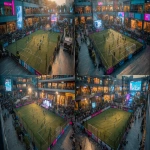Explore the Best AI Image Gallery
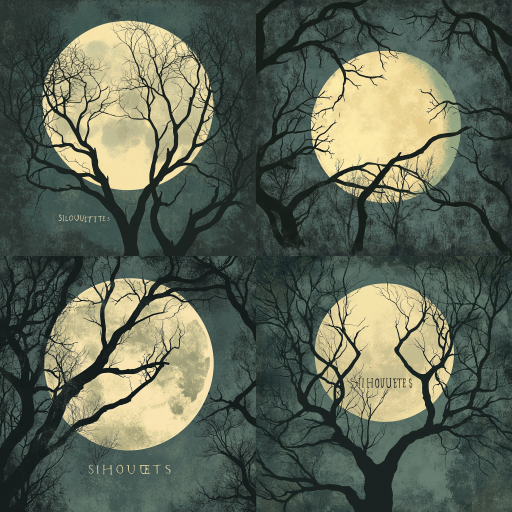
Reforging Visions: The Impact and Implications of AI in Image Design
The rapid evolution of technological advancements has greatly impacted the creative industry, particularly in the realm of image design. The emergence and integration of Artificial Intelligence (AI) in this space has begun to redraw the boundaries of the possible. This disruptive technology allows for the creation of compelling, sophisticated visuals that can be altered in real time.
Impacting the Creative Industry
AI's influence on the creative industry is transformative and multi-faceted. With AI's potential to autonomously produce imaginative, high-quality visuals, it is not only changing how designs are created but also how they are conceived.
The advent of AI in image design technology also brings about higher levels of efficiency, as it allows for the swift generation of multiple design iterations. This rapid conceptualization underpins a constant stream of fresh ideas for visual communication, enabling designers to push the envelope of creativity.
Potential Uses
From advertising campaigns and web design to videogame and film production, the potential applications of AI in image design are vast. For instance, AI can assist in the creation of unique character and environment designs in animation industries, providing unprecedented diversity and richness.
Moreover, AI-powered image design has proven useful in ecommerce, where it can automatically generate realistic product images and stimulate a more immersive shopping experience.
Ethical Considerations
The proliferation of AI in image design raises several ethical considerations. As machine-generated images become more sophisticated, questions regarding authenticity and ownership of AI-created designs emerge. How does AI's inherent ability to replicate and modify images impact the sanctity of originality in design?
Furthermore, the advent of deepfake technology, which uses AI to manipulate or fabricate visual content, underscores the imperative for ethical guidelines in this domain.
Future Trends
As technology continues to evolve, we can anticipate an increasingly symbiotic relationship between human creativity and AI capabilities. While some fear that AI may usurp the need for human designers, it is more likely that it will serve as a powerful tool that complements human creativity and vision, not replace it.
The democratization of design through AI tools will likely increase, allowing more people to engage in the design process. Furthermore, we can expect growth in AI’s role in data-driven design, where AI leverages user interactions and preferences to optimize aesthetics and functionality.
While the integration of AI in image design is no doubt disruptive, it cannot be denied that it carves out a world of opportunities for renewed creativity and exploration in image design.

](https://images.ai-img.art/thumbnails/150/03913d58cd48bd2c88b0cabd5338b3a738d9b391a6bef375ae801221036f1642.webp)




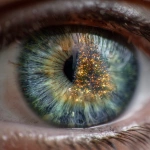
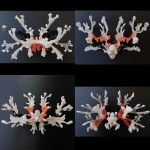




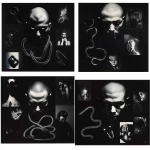


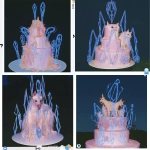
](https://images.ai-img.art/thumbnails/150/beaaf2af72d3537d73c8c13d4ec66e4bd9510305c07f8730f4fff14fa5183be3.webp)

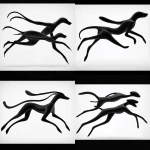


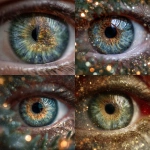

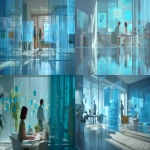

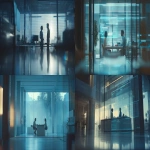


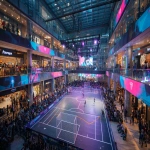
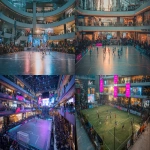
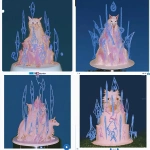
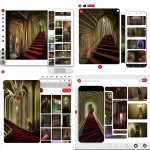
](https://images.ai-img.art/thumbnails/150/d8894e26ccb3647944df1b58cd702ee0f808a589c49cf840bdc180ef591d8b01.webp)

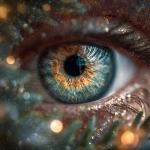
](https://images.ai-img.art/thumbnails/150/495da3d67f888cb2b29451be79caa418d737872bfbbc448175517c57d56faa70.webp)

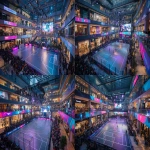

](https://images.ai-img.art/thumbnails/150/f6821b2644e015cea7d1e826f8b3baf4c8c4698897d46869e6e61bcc59b070a3.webp)


